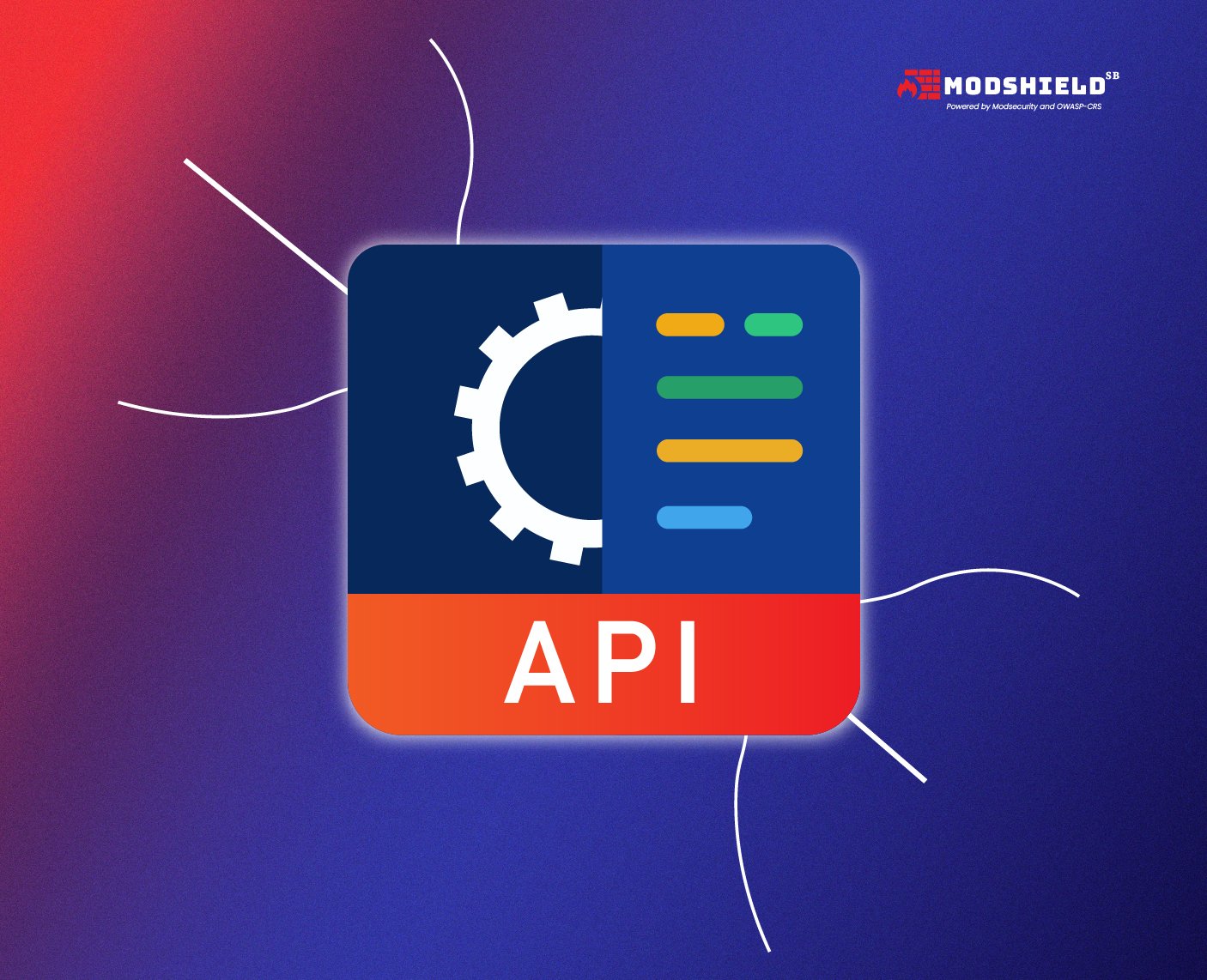API Security: Proven Best Practices to Safeguard Your APIs
API Security: Proven Best Practices to Safeguard Your APIs

APIs are the value exchange mechanisms between different software systems for seamless integration. They enable an application to communicate with another application, sending and receiving data between them, driving innovation and allowing rich ecosystems of different interconnected services. However, this power brings huge responsibility to the security of the API for communication and data exchange against malicious threats.
What is API Security?
API security refers to practices and technologies designed to protect APIs from vulnerabilities, undesired exposure, and other kinds of attacks. This will then involve varied security measures, such as authentication, authorization, encryption, and observation, all in a bid to ensure the integrity, confidentiality, and availability of the exposed APIs.
Why is API Security essential?
APIs can make up a critical component of modern applications and services. Organizations can leverage APIs to extend services, integrate them with third-party systems, and even turn on new functionality. Given its central role, an API becomes very attractive for cyberattacks. Here are some key reasons why API security is so important:
Common API security risks and vulnerabilities
The first step toward securing the APIs would be understanding the general risks and vulnerabilities facing APIs. Some common threats include:
10 Best practices to protect APIs

APIs are required for almost any software application that wants to integrate with others. Every new API gives hackers a chance to abuse personal information. As a result, everybody in charge of software integration must be knowledgeable about API security protocols. Following these best practices can shield sensitive data from illegal access and cyberattacks.
- Use Strong Authentication and Authorization
A solid authentication system will ensure that the APIs are adequately secured against unauthorized access by implementing robust authentication and authorization mechanisms. This should have established protocols like OAuth 2.0, and OpenID connects for token-based authentication, where every API call is correctly associated with authentication credentials. Besides, RBAC should be implemented to manage permissions and limit access by user role.
2. Always Use a Central OAuth Server
Centralize your OAuth server to ensure that authentication is followed uniformly and securely across all your APIs. With a centralized OAuth server, user authentication management becomes easy. This reduces potential security vulnerabilities and ensures that all your APIs work with the same authentication protocols and policies. It also helps manage token lifecycles and deal with the revocation of access if needed.
3. Only Use JSON Web Tokens Internally
One of the most famous choices for stateless authentication is JSON Web Tokens. To decrease the risks of having tokens in different places and exposing them to the public, it is highly advisable to use JWT only for internal API communication. This will not only limit potential security breaks but also provide a much more controlled and predictable environment for token management.
4. Implement rate limiting
Rate limiting is important for preventing abuses and ensuring that APIs are fairly used. You can use rate limiting to limit the number of requests a client can send within a certain time period. This secures your APIs from DOS attacks, guarantees fair resource allocation across all users, and thus makes services available to every user.
5. Use auditing and logging.
Auditing and logging allow for monitoring API activities and detecting potential security incidents. Provide detailed logs of all API requests and responses, every attempt to authenticate, the time of request, the requesting IP address, and the user or application that requested it. Reviewing logs regularly will pinpoint unusual patterns or activities.
6. Monitor and alert on anomalous activity.
Monitoring API activities will help identify and respond to security threats in real-time. Use monitoring tools and systems that can trace anomalous behavior, such as unusual patterns of API use or failures in authentication attempts. Establish warnings for your security team of any suspicious activity for investigation and response if necessary.
7. Runtime Detection
Runtime detection is the capacity for detecting security threats or intrusions while in the act. Runtime detection tools monitor API interactions to identify the potential attack during execution. These will enable the detection of SQL injection or cross-site scripting (XSS) attacks, among others, and hence take timely mitigation measures.
8. Always Use a Gateway
API gateways let your APIs act like a single control point and security. They also allow for request routing, load balancing, rate limiting, authentication, and logging—all key capabilities. These provide a single entity with which the security policies can be administered easily while ensuring security compliance across all APIs.
9. Conduct regular security tests.
Security teams must frequently verify that the security measures safeguarding live APIs are operating as intended and behaving as defined, in addition to extensively testing APIs during development. Incident response teams should devise a plan to deal with the alerts generated by threat detection and other security controls that point to an API attack.
10. Use a Web Application Firewall (WAF)
A WAF is a safeguard that monitors and filters HTTP traffic between your APIs and the Internet to block common web exploits. WAFs identify and block malicious traffic, including SQL injection and cross-site scripting, among other attack vectors, to provide additional protection for APIs.
Conclusion
In that light, API security becomes indispensable in maintaining the trust and functionality of modern applications. Some of the best practices that organizations might apply to mitigate common API threats are robust authentication, rate limiting, encryption, and frequent security testing. Since the digital realm will continue to advance, it is essential to stay informed and act early on API security to secure data, maintain service availability, and ensure data and regulatory compliance.
